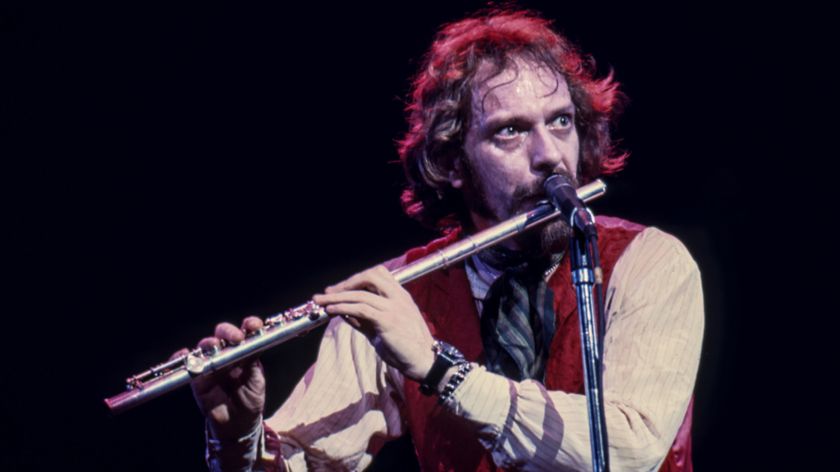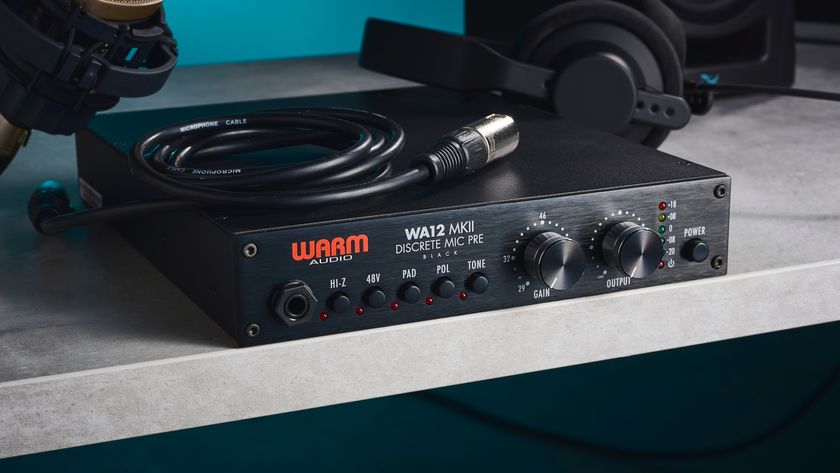How to program a classic electro drum track
Step back in time as we recreate hip-hop’s formative beat
More notably a crucial stage in the development of hip-hop than the dance music genre that bears its name today, electro came to be in the early '80s as a fusion of European and Japanese electronic music and funk, the earliest example track being Afrika Bambaataa’s seminal, Kraftwerk-sampling Planet Rock (1982).
Although modern electro is, of course, far broader in its instrumentation, old-skool electro was largely defined by the use of talkbox vocals, analogue basslines, zappy synth effects and drum machine beats, the last of which were most often generated by – you guessed it – the Roland TR-808.
With patterns having been programmed using the 808’s step sequencer, key to replicating the sound of electro drums in your DAW are a rigidly quantised, robotic feel, skittish hi-hat lines and no variation in velocity beyond the second level of intensity provided by the 808’s Accent control.
In this tutorial and its accompanying video, then, we’ll be showing you how to program an immediately identifiable classic electro drum track. I’m using Ableton Live and Roland’s TR-808 plugin here – available via their Roland Cloud subscription service – but any DAW and 808 will do, whether it’s an emulation or from a sample library.
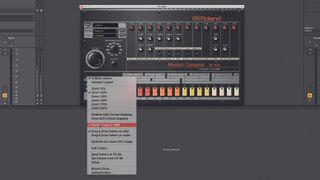
Step 1: We start by firing up the quintessential electro sound source: Roland’s own emulation of their legendary TR-808 drum machine. We could deploy the onboard step sequencer for authenticity, but in the interest of universality, we’ll stick to Live’s piano roll. Unchecking Position Lock to DAW in TR-808 kills the sequencer.
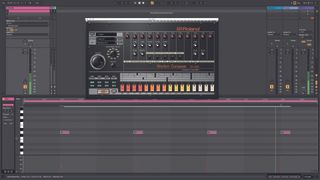
Step 2: With the 808 Basic Kit 2 preset kit loaded, an empty two-bar MIDI clip created, and the tempo set to an electro-appropriate 120bpm, we begin programming the pattern with the kick and snare. The snare falls only on the backbeat, with no ghost notes or other embellishment of any kind.
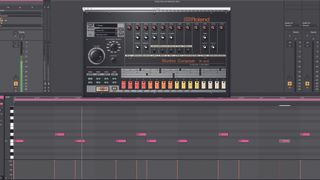
Step 3: The kick drum is woven in around the snare, playing a typical electro-style pattern, and every note triggering both drums is programmed at full velocity. The 808 does have an Accent feature, however, which can make selected notes louder and heavier, should you want certain hits to be more prominent.
Get the MusicRadar Newsletter
Want all the hottest music and gear news, reviews, deals, features and more, direct to your inbox? Sign up here.
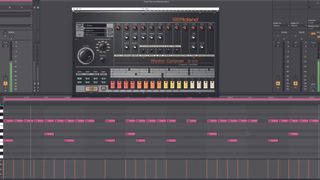
Step 4: On to the hi-hats, and we elect to go for a 16th-note sequence, as commonly used in electro. Unlike in many other genres, in electro these 16th-notes don’t need to be constant and regular, so we punch a few holes in the line to break it up a bit.
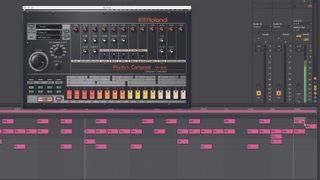
Step 5: To emphasise the end of the phrase, we double the last snare hit with a handclap and place an open hi-hat on the final 16th. We could leave it there, but we can’t resist adding a classic electro cowbell. A busy, syncopated pattern ups the rhythmic interest, and is probably best saved for choruses or breakdowns.
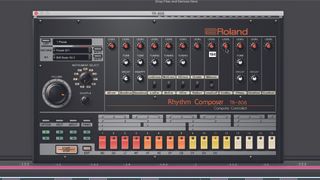
Step 6: With the pattern programmed, it’s time to finesse the kit itself. Raising the Bass Drum Decay and Snare Drum Snappy knobs extends the low-end nicely and brightens the backbeat; turning the cowbell and handclap down a touch, and the hi-hats up, sits them better in the mix. Job done!
Computer Music magazine is the world’s best selling publication dedicated solely to making great music with your Mac or PC computer. Each issue it brings its lucky readers the best in cutting-edge tutorials, need-to-know, expert software reviews and even all the tools you actually need to make great music today, courtesy of our legendary CM Plugin Suite.

"If I wasn't recording albums every month, multiple albums, and I wasn't playing on everyone's songs, I wouldn't need any of this”: Travis Barker reveals his production tricks and gear in a new studio tour

“My management and agent have always tried to cover my back on the road”: Neil Young just axed premium gig tickets following advice from The Cure’s Robert Smith

